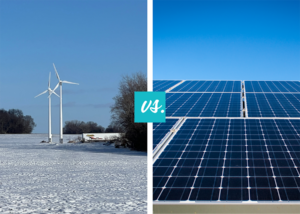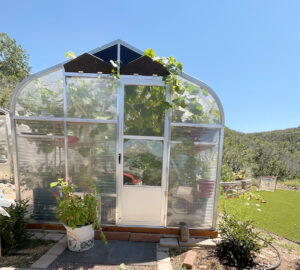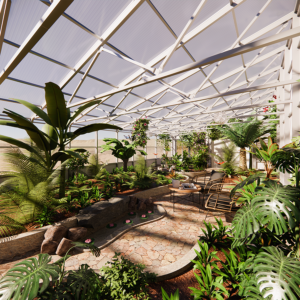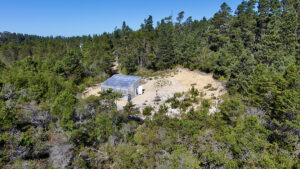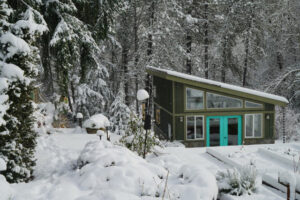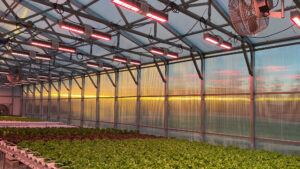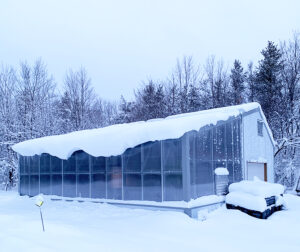Local Food
Local food is nothing new. It’s been gaining momentum for sometime now. When we talk about local food we’re referring to the movement whereby people consume food in “close” proximity to where the food is grown or produced. There are a considerable number of reasons why one should consider eating locally. These reasons include, but are not limited to, better taste, concern over burning unnecessary fossil fuels, and support of smaller farms with better farming practices. If you are interested in learning more on the importance of local food we will provide a list of resources at the end of this post.
Problems with Local Food
The problem with local food is that the term local itself is not specifically defined and is often applied loosely. There are no required specifications for what is allowed to be called “local”, and this term has been used indiscriminately to help promote industries and business that range in distances as close as food grown in one’s backyard, to food grown halfway across the world and then packaged across the state.
Sustainable Technologies
Sustainable technologies is a broad term; we will discuss here specifically how innovative technologies can aid in sustainability. Greenhouse controllers can be used for maintaining appropriate watering schedules, while sensors can spot molds and mildews before they get out of hand. Technologies in agriculture can be used to create efficiencies in growing and help reduce waste and increase productivity.
Problems with Sustainable Technologies
The problem with sustainable technologies is that a lot of technologies are still in their infancy and need more time to develop and prove their worth. Any given technology is only effective when used correctly, and of course increases in efficiency and yield will be greater when used within a good system of growing. For example, agricultural technologies used in a highly insulated greenhouse will be more effective than one used in a drafty hoop-house.
To learn more about sustainable technologies check out our blog post on agritech.
Regenerative agriculture refers to a movement in agriculture that aims to increase environmental biodiversity, improve soil and watersheds, and overall rejuvenate the ecosystem. Regenerative agriculture goes beyond what sustainability hopes to achieve. Inherent in the notion of regenerative agriculture lies an understanding that the current state of the environment is in no shape for being sustained. Instead of sustaining what is, we should strive to make what is better.
Problems with Regenerative Agriculture
Issues with regenerative agriculture lie more in its antithetical propositions from our current way of living (our socioeconomic constructions of the world would have to shift so dramatically). It is hard to imagine “Big Ag” giving up their current way of practicing farming in order to gain a more regenerative approach.
Ceres’ BIG PICTURE
We at Ceres aim to bring together the basic principles of local food, sustainable technologies and regenerative agriculture to create a different and better food system. Year-round greenhouses can enable communities that currently exist as food deserts to have access to local, fresh food. They can employ sustainable technologies to increase efficiencies and reduce waste. And because a Ceres greenhouses employs the principles of passive solar design coupled with insulated walls, they are great structures for using the right technologies.
Greenhouses do not and will not solve all of the agricultural problems that exist. But because a Ceres greenhouse reduces food miles and increases efficiencies and productivity in growing, they can be a great adjunct to a regenerative model of agriculture.

Resources:
Local Food:
Community Supported Agriculture
Regenerative Agriculture


